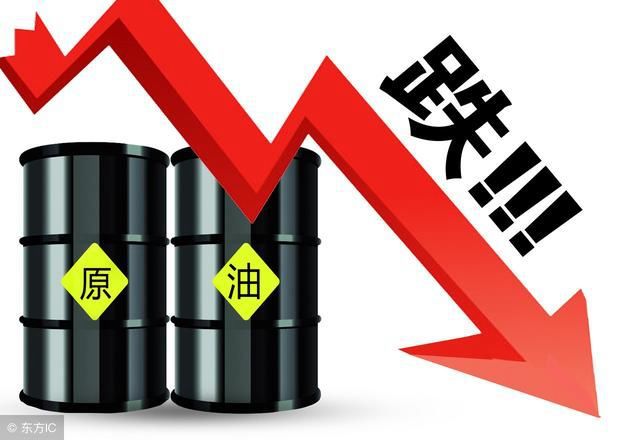International oil prices fell for a fifth consecutive day on Monday amid growing concerns about the outlook for demand.
International oil prices fell sharply Monday after U.S. gasoline inventories unexpectedly rose last week. Light crude oil for September delivery fell $1.13, or 1.70%, to settle at $65.46 a barrel on the New York Mercantile Exchange. London Brent crude for October delivery fell $0.80, or 1.16%, to settle at $68.23 a barrel.
U.S. commercial crude oil inventories fell 3.2 million barrels to 435.5 million barrels last week, according to data released by the U.S. Energy Information Administration on Wednesday. Over the same period, motor gasoline inventories rose 700,000 barrels from the previous month.
The data also showed that U.S. refiners processed 16 million barrels of crude a day last week, down 191,000 barrels from the previous week. Refinery capacity averaged 92.2% last week, up from 91.8% the previous week. Us net crude oil imports averaged 2.919m b/d last week, down 813,000 b/d from the previous week.
In addition, a significantly stronger dollar has weighed on dollar-denominated crude oil prices. The dollar index.DXY rose for the third straight session this week, rising 0.02% to end at 93.1396, thanks to a return to risk aversion.
Fouad Razakazada, a market analyst at Online multi-asset brokerage Zhihui Group, said there had been too much optimism about demand normalizing during the run-up in oil prices, and now investors are realising that demand is actually a bit weak.

The recent rebound in COVID-19 in countries such as Japan and New Zealand has continued to weigh on sentiment, raising concerns that the outlook for oil demand will be adversely affected. The number of confirmed COVID-19 cases in Japan hit a new high in a single day on Monday. The Japanese government has decided to put seven more prefectures under a state of emergency and extend the state of emergency in some areas. New Zealand has put in place the most stringent quarantine measures since a new case of COVID-19 emerged in six months on Wednesday.
Manish Raja, chief financial officer of Virandra Energy, said the Delta strain and other emerging variants of the virus, Novel Coronavirus, are at the forefront of every trader's mind. Rising crude production from the Organisation of the Petroleum Exporting Countries and its partners is putting pressure on supplies, while the recovery in demand has slowed. U.S. crude oil production is also on the rise, now up 300,000 b/d since the start of the year.
Despite the uncertainty over the demand outlook, some analysts believe crude will remain in short supply until the end of the year.
While concerns over the Delta strain have weighed on oil demand expectations, the global oil supply shortfall is expected to continue through the end of the year, according to analysts at 7 Point Market Report, a US-BASED market research publication. With more economic recovery uncertainty, the risk of a downward breakout is building. Oil prices in New York are expected to trade more sideways between $66 and $75 a barrel.

Goldman Sachs group Said in a report released on Wednesday that the impact of the delta strain on oil prices remains "transitional" and that the structural underinvestment in oil demand is becoming increasingly clear, with demand expected to outpace supply until the end of the year.
Phil Flynn, senior market analyst at U.S. Price Futures Group, said on Wednesday that although oil prices are lower, they are in a consolidation phase and are likely to rise in a few months. Output from Opec and its partners is not expected to increase further, and the market will remain relatively tight, without a significant drop in prices.

